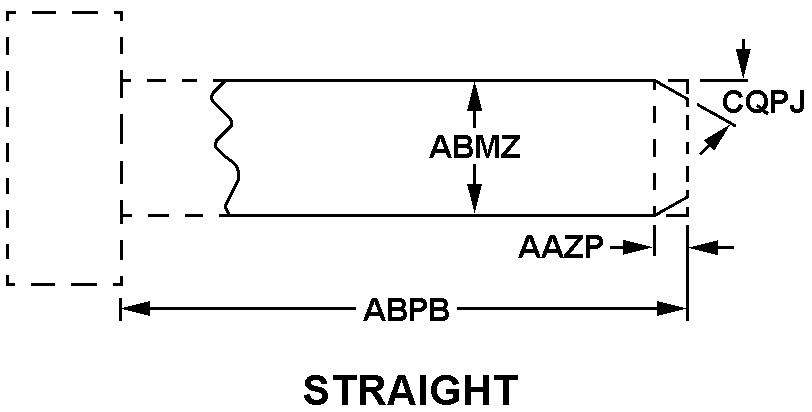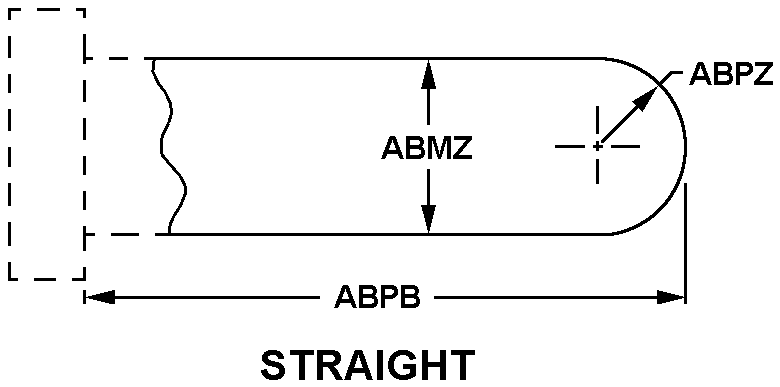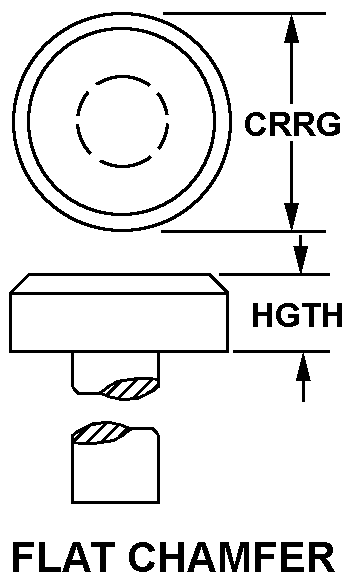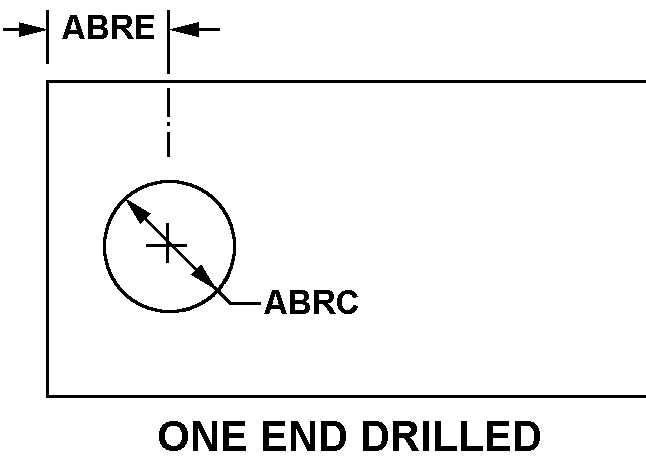5315006525557
Price Quote Get an up to date pricing and availability quote for this product. Order online or over the phone.
Quality Commitment
Serving our customers with quality and safety first.
- AS9120 Certified
- Audited supply chain
- ITAR Registered
- DDTC Registered
- HAZMAT Certified
- Customer service objectives
- Every product 100% inspected

5315-00-652-5557 Specification Set by the OEM (see RNCC code 3)
flat chamfer
0.078in. and 0.109in.
0.367in. and 0.372in.
1.609in. and 1.641in.
one end drilled
0.101in. and 0.111in.
0.219in.
15.0 degrees
0.484in. and 0.516in.
0.109in. and 0.141in.
steel comp 1015 or steel comp 1016 or steel comp 1018 or steel comp 1025 or steel comp B1111 or steel comp B1112 or steel comp B1113
astm A108 assn std 1st material response or astm A108 assn std 2nd material response or astm A108 assn std 3rd material response or astm A108 assn std 4th material response or QQ-S-637 fed spec 5th material response or QQ-S-637 fed spec 6th material response or QQ-S-763 fed spec 7th material response
zinc and chromate
QQ-Z-325 ty 2 cl 2 fed spec single treatment response
straight
Cross Reference Parts Part numbers that meet the specification outlined on this page and set by the OEM
Identification Item Identification Guide (IIG) and Item Name Code (INC)





Definition Definition of approved item name (AIN): "PIN,STRAIGHT,HEADED"
A headed, cylindrically-shaped item having a solid shank for fitting into corresponding holes, used for aligning or fastening. It may have welding projections. It also may contain holes drilled perpendicular to axial centerline. Excludes pin, eccentric.
5315-00-652-5557 Material Hazmat, Precious Metals, Criticality, Enviroment, and ESD
Indicates there is no data in the hmirs and the nsn is in a fsc not generally suspected of containing hazardous materials.
Item does not contain precious metal.
Represents items with no adp components
The item does not have a nuclear hardened feature or any other critical feature such as tolerance, fit restriction or application.
Identification Codes
HMIC: Hazardous Material Indicator Code. A one position code that identifies a hazardous item.
PMIC: Precious Metal Indicator Code. A one position code which identifies items that have precious metals as part of their content. precious metals are those metals generally considered to be uncommon, highly valuable, and relatively superior in certain properties such as resistance to corrosion and electrical conductivity.
ESD: Electrostatic Discharge. Indicates if an item is susceptible to electrostatic discharge or electromagnetic interference damage. electrostatic discharge damage occurs when an accumulation of static electricity generated by the relative motion or separation of materials is released to another item by direct contact. electromagnetic interference damage occurs when an item comes into proximity with an electrostatic or magnetic field.
ENAC: Enviromental Attribute Code. Identifies items with environmentally preferred characteristics.
CRITL: Criticality Indicator Code. Indicates an item is technically critical by tolerance, fit, application, nuclear hardness properties, or other characteristics.






